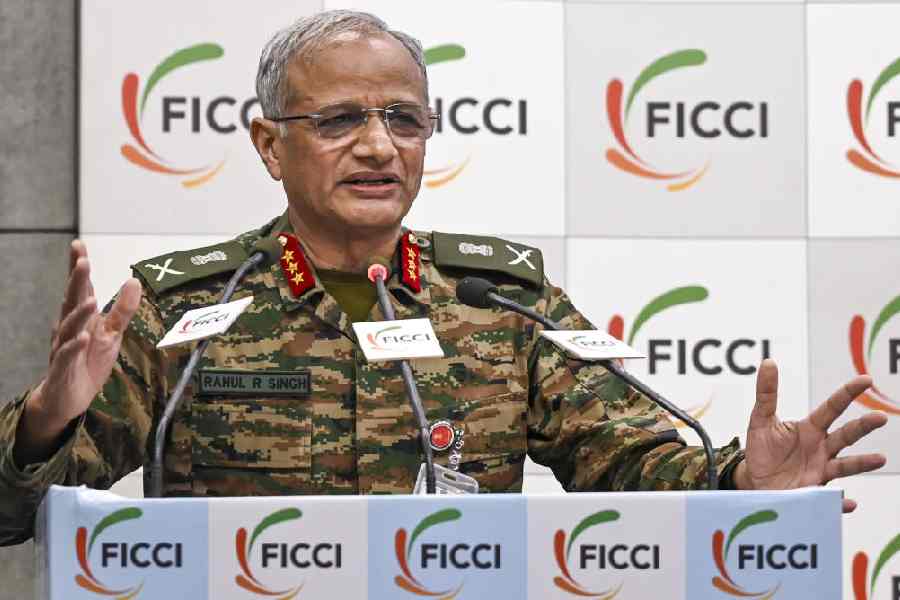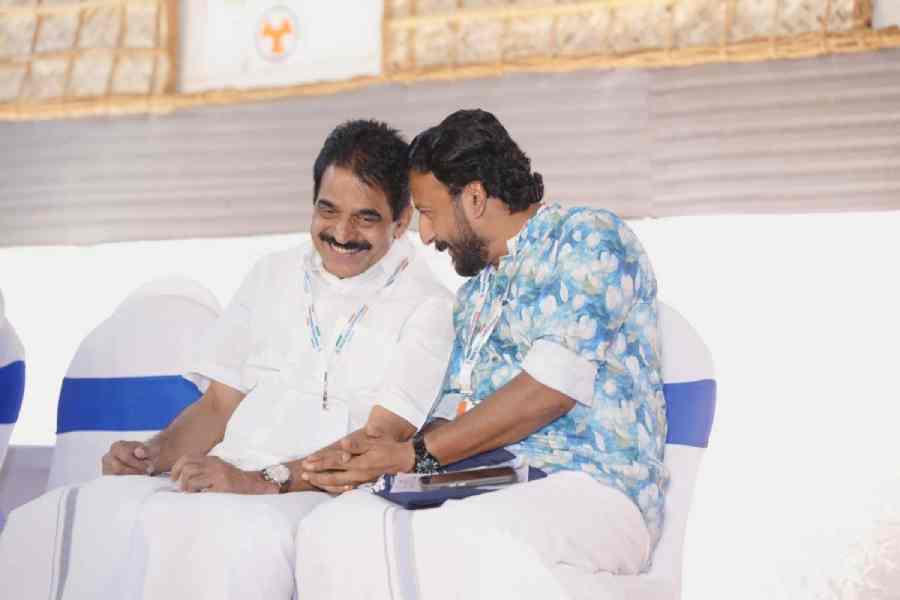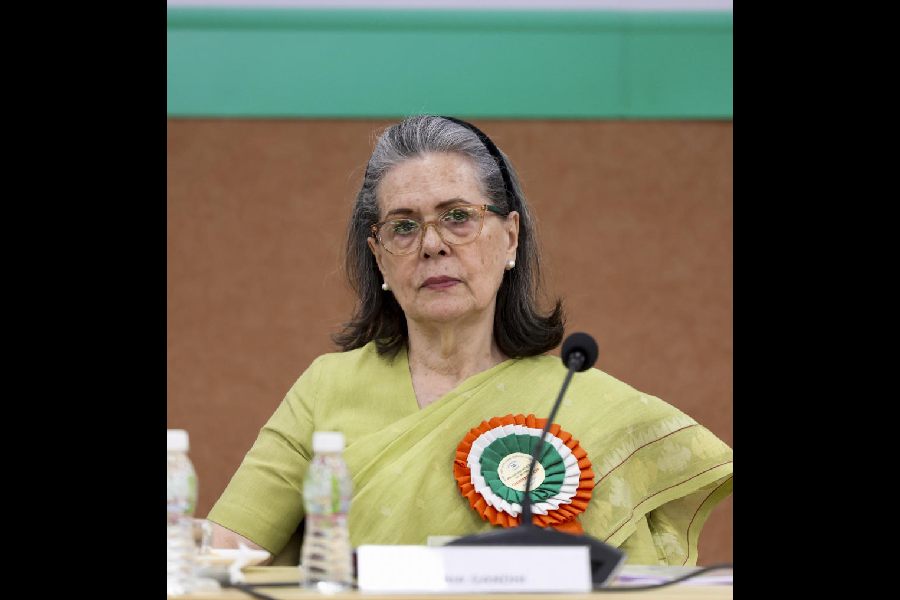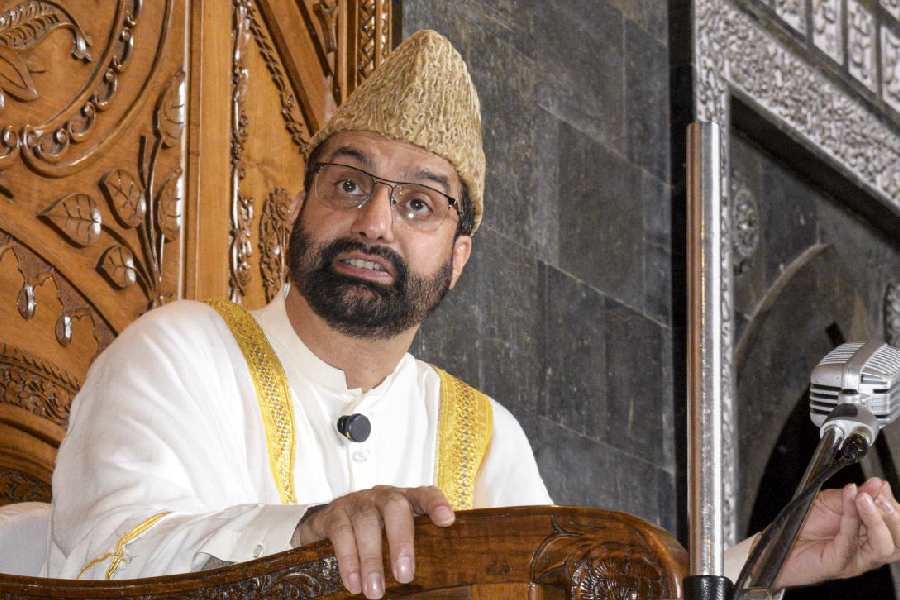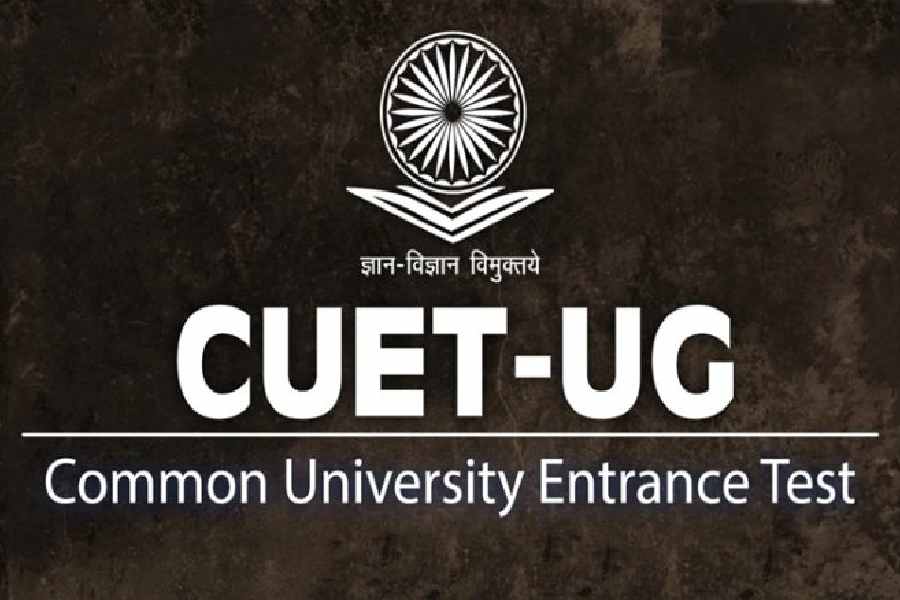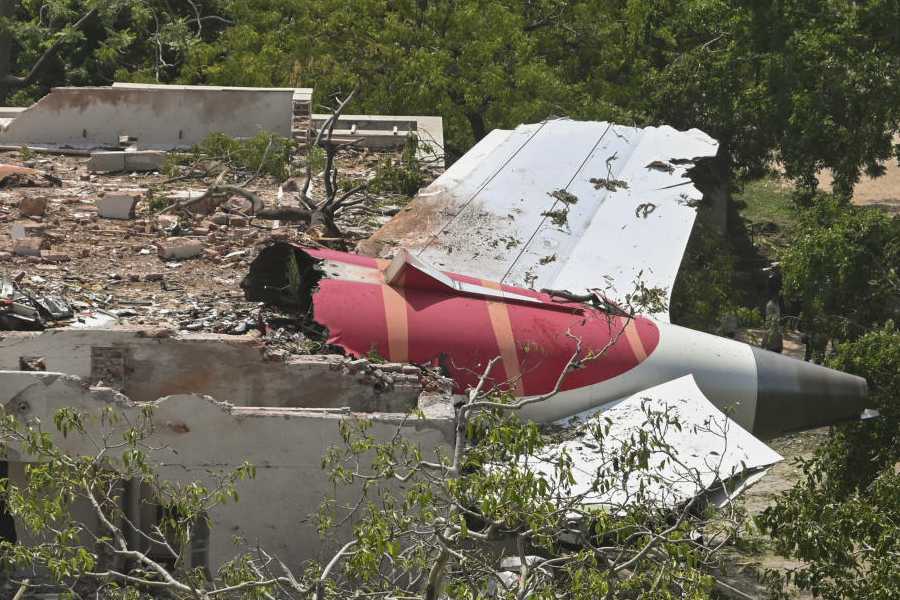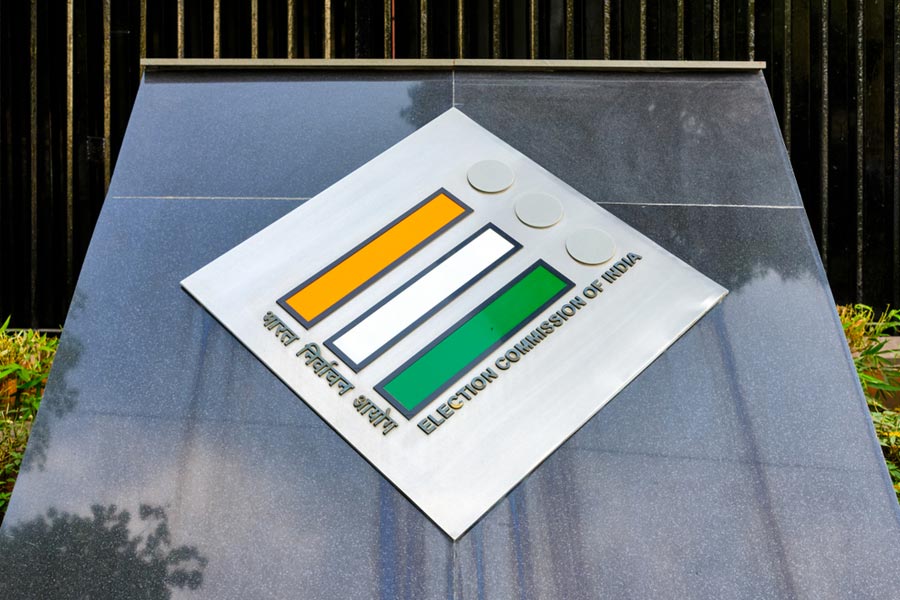Bodhgaya, July 7: Terror struck Bihar at the crack of dawn today when nine low-intensity explosions ripped through the pilgrimage town of Bodhgaya and the Mahabodhi temple complex, one of the holiest Buddhist shrines, leaving two monks injured.
The temple, located around 130km south of Patna, and the Bodhi Tree, under which Buddha is believed to have attained enlightenment, did not suffer any damage in the blasts, which rattled the holy town frequented by Buddhist pilgrims from Sri Lanka, China, Japan and the whole of Southeast Asia.
Union home minister Sushilkumar Shinde confirmed nine blasts took place inside and outside the temple, while three live bombs were detected and defused by security authorities.
“Four blasts took place inside the temple complex. Three blasts took place near the monastery, one near the Buddha statue and another near a tourist bus standing outside,” Shinde said.
Union home secretary Anil Goswami said the serial explosions were a terror attack.
Security officials deployed at Bodhgaya suspected it to be “a well-coordinated terrorist attack” with the aim to trigger panic rather than cause extensive casualty or damage.
Bodhgaya attracts lakhs of visitors in the peak season between October and February. This being the off-season, only a handful of tourists were in the temple complex during the morning prayer time when the first bomb went off. During winter, about 10,000 people are present when the temple doors open around 4.30am.
But fear has struck the locals, pilgrims and tourists for they did not expect the site — where Buddha attained enlightenment and was recognised as the first apostle of peace and ahimsa the world over — to be targeted in such a fashion. “We are shocked and deeply saddened. We did not think in our wildest dreams that the Mahabodhi shrine will ever by targeted and subjected to a bomb explosion,” Gaya district magistrate Bala Murugun D said. The district magistrate is also the ex-officio chairman of the Bodhgaya Temple Management Committee (BTMC).
The injured monks, Tenzing Lama (60) from Tibet and Bala Sanga (27), a researcher in Buddhism from Myanmar, were admitted to the Anugrah Narayan Medical College and Hospital (ANMCH) in Gaya. While Tenzing suffered grievous injuries in both his feet, Bala received multiple splinter wounds in the face and in his right arm. “I was meditating under the shadow of the Mahabodhi tree when the blast occurred,” Tenzing said. Bala was not in a position to speak when this reporter met him. The doctors attending on the two described their condition as “stable”.
The first explosion took place at the iron circle surrounding the Mahabodhi tree right behind the main temple housing the garbhgriha (the sanctum sanctorum which has a Buddha statue) around 5.30am. Then, at intervals of around two minutes, three more bombs went off — one each near the Tara Mandir, a Peepal tree and the Butter Lamp House (which contains ceremonial lamps) — all located around the main temple. The monks were injured in these blasts.
Three blasts took place on the premises of the Tergar monastery (of Karmapa Ugyen Dorje), located about a kilometre north of the Mahabodhi temple complex. Two more blasts followed a while later, one of them at the complex housing the gigantic 80 feet Buddha statue, located around 800m southwest of the Mahabodhi complex.
The other explosion occurred in a fallow land adjacent to the statue. The blasts continued till about 8am. The bomb disposal squads recovered three live bombs — one as late as 3pm — from the premises and defused them.
Chief minister Nitish Kumar inspected the site but stopped short of calling it a terror attack. “The National Investigation Agency (NIA) will investigate the incident,” he said. He instructed director-general of police Abhayanand to cooperate with the NIA in probing the incident from “all angles”. “Only an investigation can throw light on the nature of the blasts,” Nitish stressed when pressed by reporters on whether it was a terrorist operation. Bihar has so far been free of any terror strike.
Nitish demanded that security at the state’s only World Heritage Site be handed over to the CISF.
The NIA/NSG teams to probe the terror attack reached Bodhgaya late in the evening. They were scheduled to arrive by a special helicopter this afternoon, but had to return back to Delhi because of inclement weather.
Additional director-general (ADG), law and order, S.K. Bhardwaj said preliminary investigations revealed the use of ammonium nitrate. “They were cylinder bombs with timers fixed in them. In its preliminary investigation of samples, the forensic science laboratory team has discovered the use of ammonium nitrate in the bombs,” Bhardwaj said.
Sources in the security agencies said the Mahabodhi complex had been on the radar of terrorist outfits. The NIA, they pointed out, had recovered maps of the temple from three Indian Mujahideen operatives who were arrested in New Delhi in October last year in connection with the 2012 Pune serial blasts. “The NIA had seized from their possession the maps of the Mahabodhi temple and other religious places besides literature indicating their intention to target the Buddhist site to avenge what was happening with Rohangia Muslims in Myanmar,” said a source.
Around 15 days ago, the Intelligence Bureau had alerted the Bihar government about a “possible terrorist attack” on the Mahabodhi temple and other religious places in the state. Monks and the local authorities said no action had been taken on the intelligence tip-off.
“The Mahabodhi complex has 16 CCTV cameras and a door frame metal detector (DFMD). But neither are the cameras monitored on a regular basis nor are there any trained hands to handle the metal detector,” alleged an official of the temple management committee.
ADG Bhardwaj, however, asserted that the state police had beefed up security in and around the temple following the intelligence alert. “It is the BTMC that maintains its private security inside the temple. The state and central security forces are deployed outside the temple,” he said.
Neither the security personnel nor the monks had any clue about how and when the trouble-makers entered the premises with bombs in their possession and planted them with timers fixed meticulously. The monks and BTMC officials said the main temple remains open for parikrama (making the rounds) from 4am to 9pm on all days of the week. But the monks wishing to meditate could stay under the Mahabodhi tree all through the night.
The blasts took place when there were not many people on the premises. “Otherwise, the casualty would have been far more,” said a shop-keeper, conjecturing that the “terrorists, perhaps, made a symbolic attack. They had not planned to kill too many people and cause much damage to the temple”.
The BJP was quick to pick on the blasts as an example of Nitish’s “failed” administration. Former urban development and housing minister and Gaya MLA Prem Kumar, who shouted slogans of “Nitish Kumar wapas jao (Nitish go back)”, said: “Nitish failed to respond to the IB alert about the terrorists attack on the temple.”


